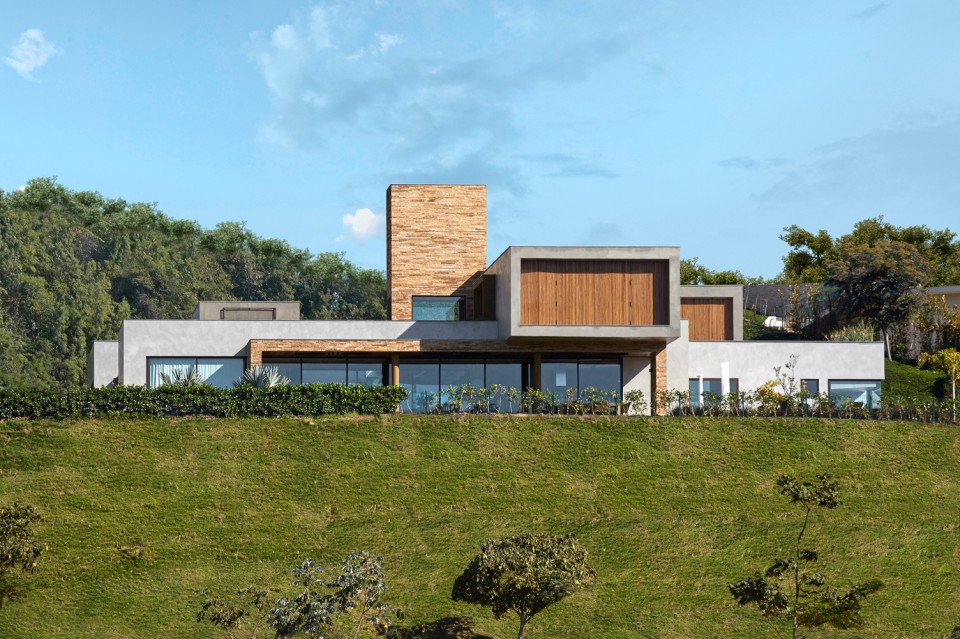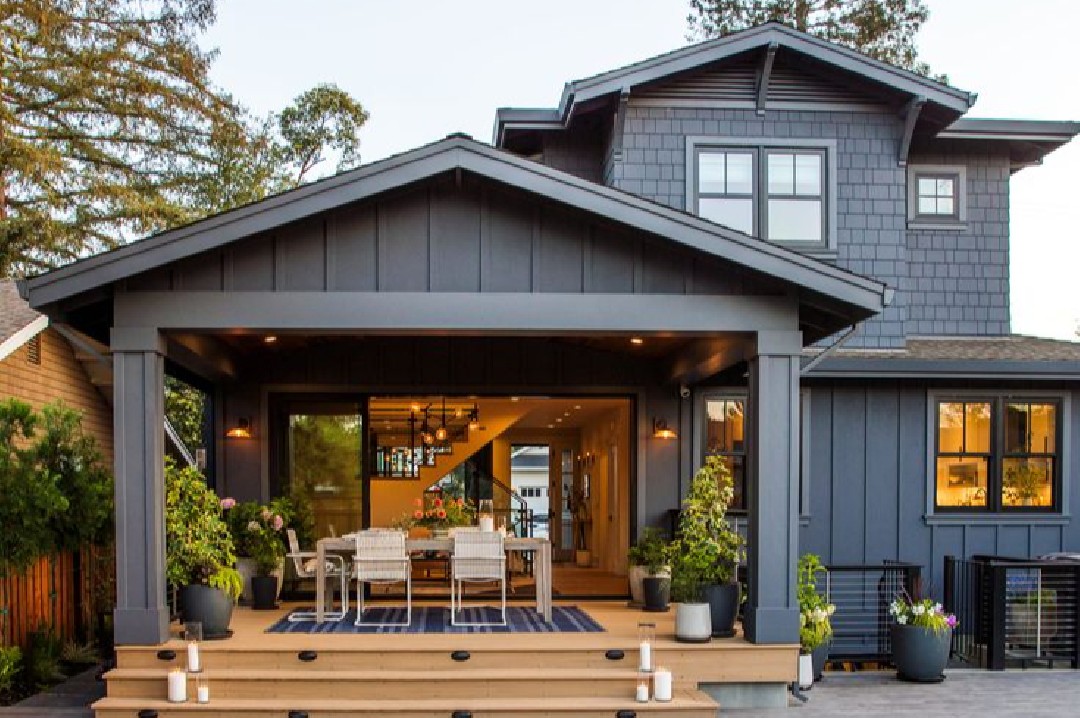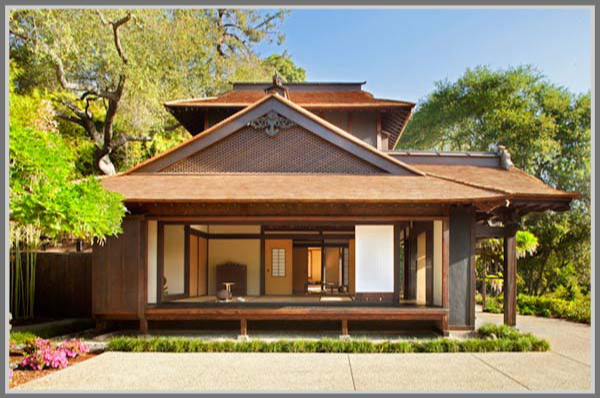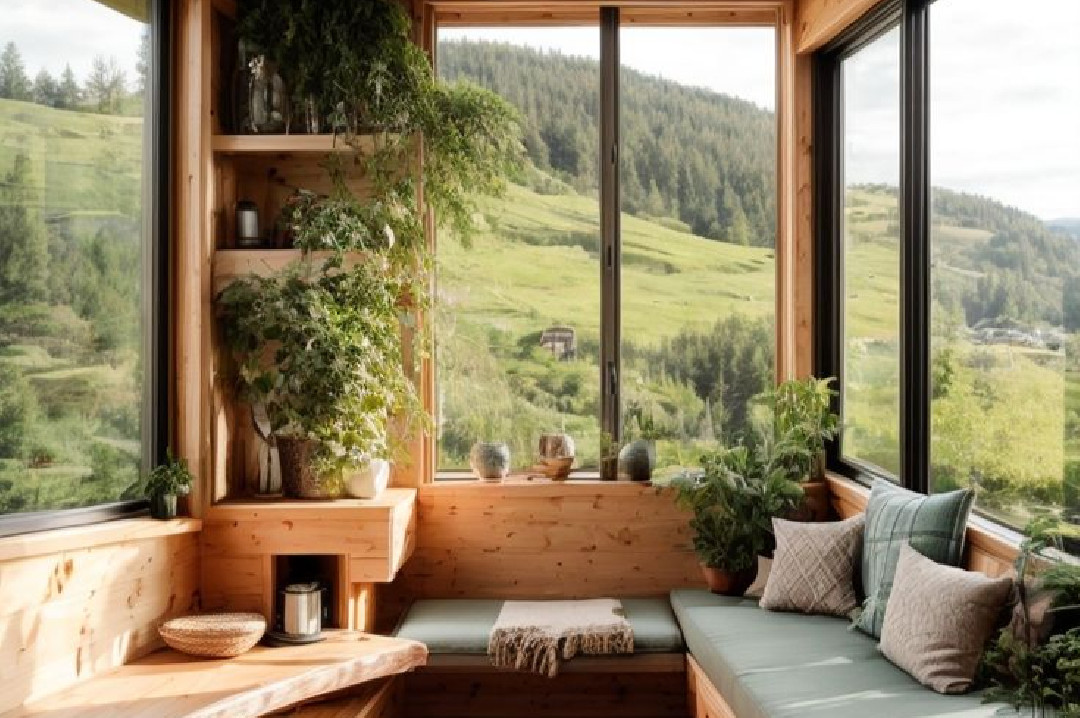The Elongated House Flanked by Buildings Has Tricks to Allow Light to Enter the House!

House with an area of around 180 square meters has an elongated shape. Located in Northcote, Australia, the house designed by Ben Callery Architects in 2015 has an open design on its unique rooftop terrace.
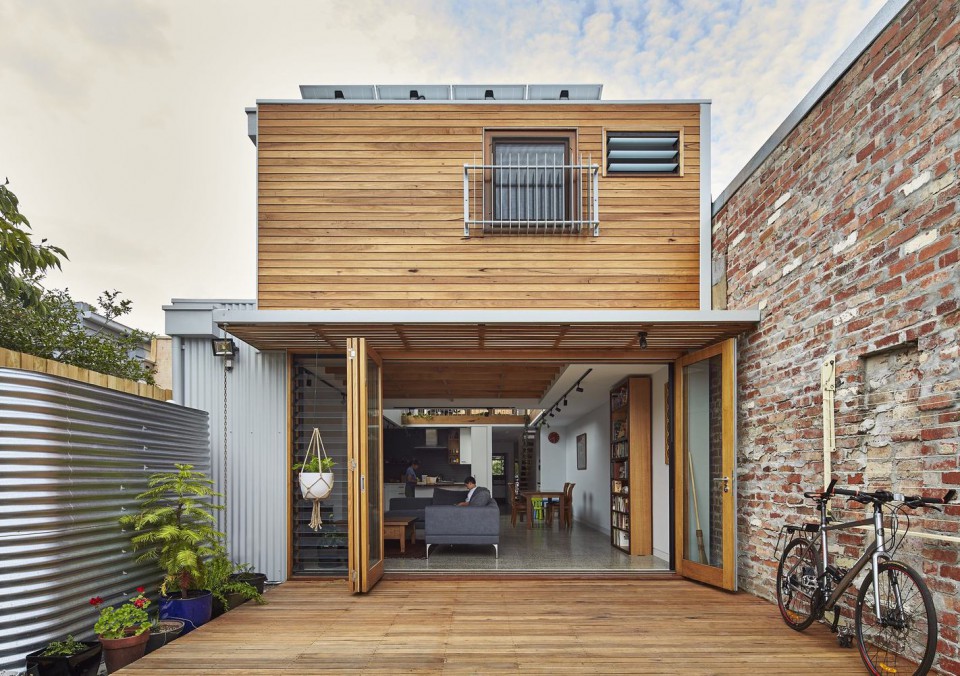
The existing building of this house is flanked by the neighboring house's walls on both sides. The elongated land with the house facing south certainly gives the impression of a dark and cold house because light does not easily enter this house. The house, which is inhabited by a family of three, seems closed off from the outside world.

The homeowners, who have lived in this house for 10 years, certainly need a house with more space and natural sunlight to enter the house. The owners really thought about sustainable design by asking for a house that could be designed comfortably in a natural way by utilizing sunlight, cool air, rainwater storage, solar energy, recycled materials, and integrating air circulation into the house.

The house, raised to two levels, will provide more comfort for its residents. Not only will the house feel spacious, but air circulation and lighting will also be better inside the house.
The shape of this building is made simple with one dramatic form that connects the entire building from south to north so that the house gets lighting but still provides protection from the sun. On one side of the house wall facing east, there is a large window opening with a louvre ventilation system at the top. This is done to control air and sunlight. The placement of windows in the void area of this house also provides views of the surrounding environment inside the building.
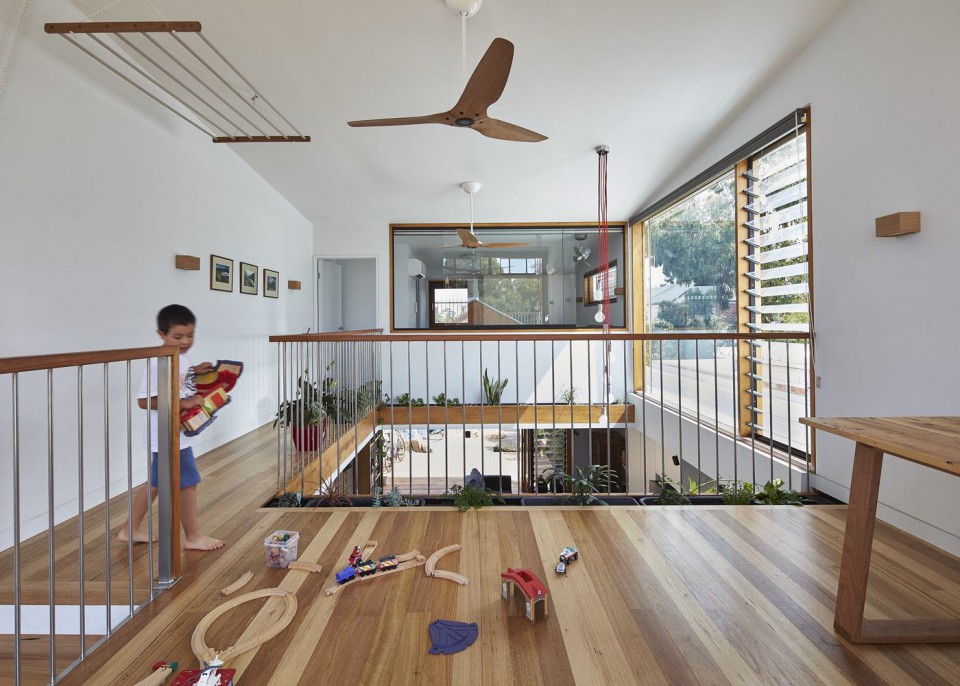
Plants growing indoors are placed in the area around the window. This is because this area gets light and air circulation from the outside. Plants in boxes provide a good view inside the house. Moreover, it also provides better air quality indoors.
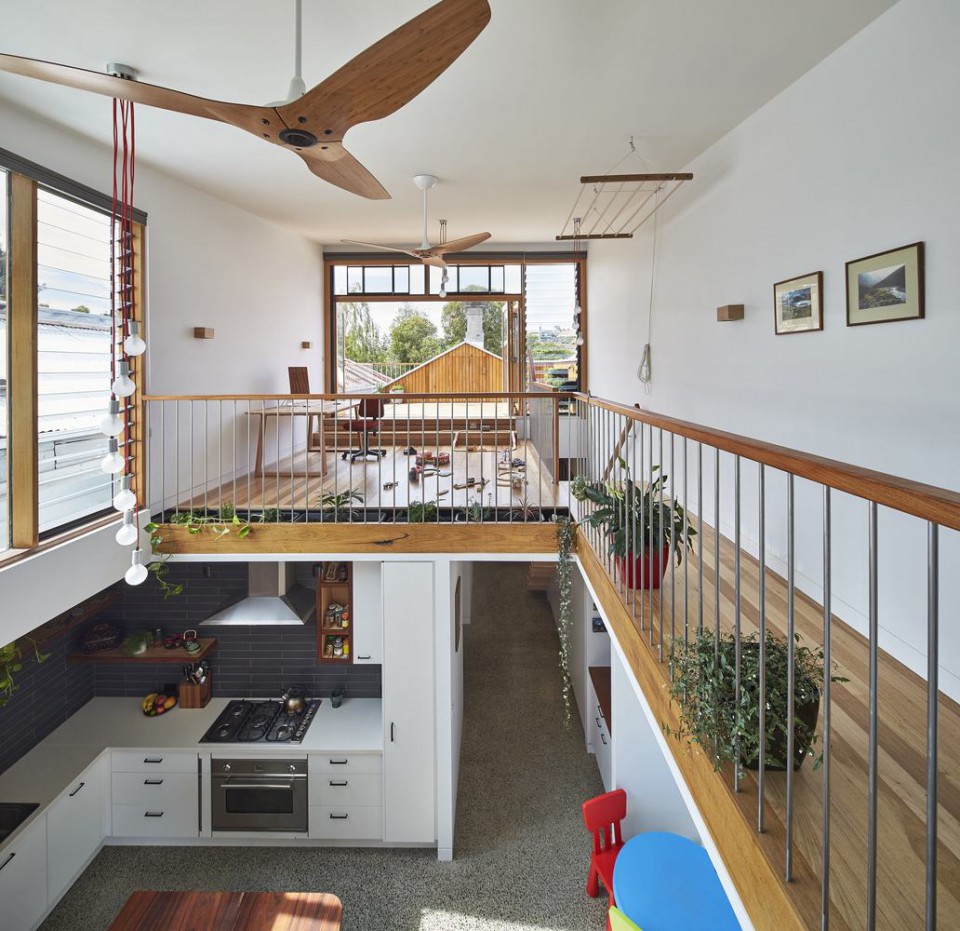
The existence of this space breaks down the boundaries between rooms and creates social interaction among residents on different floors. In addition, the room is also more flexible and has views outside the house such as the sky, trees, and even Ruckers Hill in that area.
Residents are very concerned about sustainability, so creating an eco-friendly home is their main goal. One of the systems applied in the house with a void is to bring in light and air into the house with a cross system.
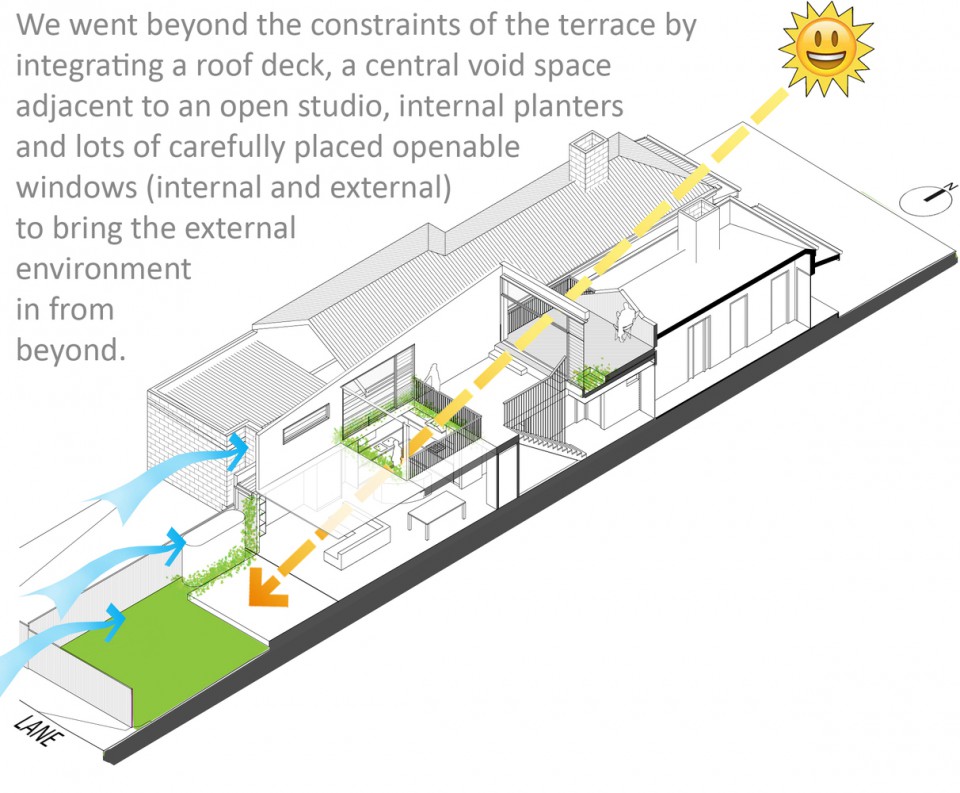
As shown in the picture, the sun from the north enters the house at a certain height. This light is then continued from the rooftop deck, void, to the front yard of their house in a straight line. Meanwhile, the air entering from the south can also be released in the northern area through the deck. Cross circulation exchange can occur due to the rooftop deck, void in the middle of the room, and large window and door openings in the southern part of the house.

Meanwhile, the use of solar energy is also applied by installing solar panels on the roof of the building. Rainwater collection is then processed and used for washing, flushing toilets, and the leftover water from washing can also be used for watering the garden. Summer sun is controlled by the size of the light entering through the louvre, which can be controlled automatically via remote control.
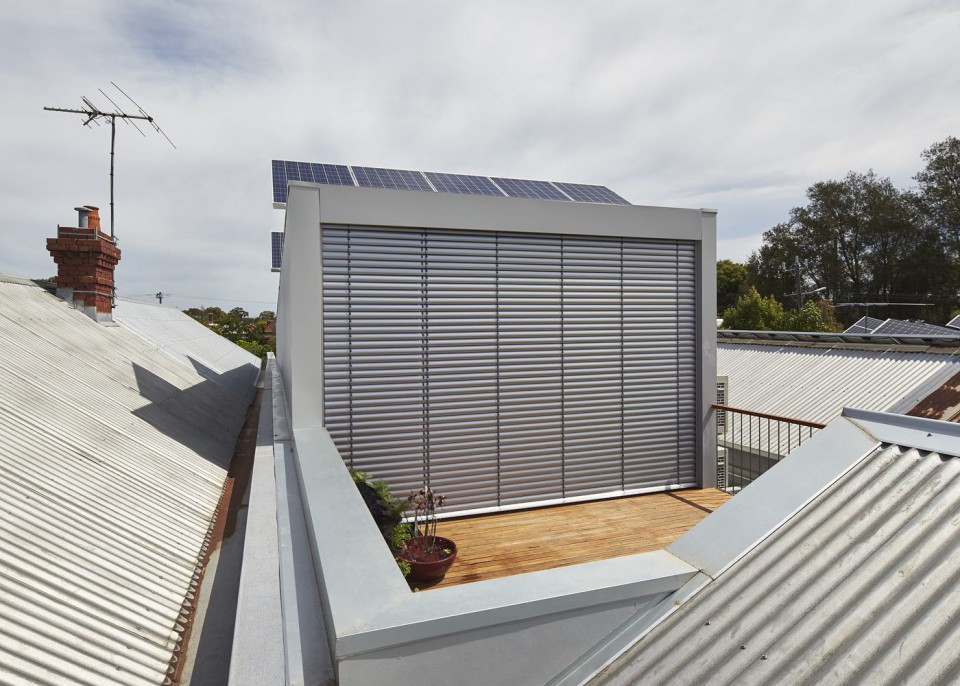
Recycled materials are used in some parts of the house, such as the windows and kitchen that they have used for 8 years. The kitchen furniture is carefully dismantled and reassembled with the addition of elements that will match the overall design of the house. Meanwhile, the exterior facade of the house is adorned with a simple base color with some wooden accents on the doors and windows. Wavy metal can also be seen on the exterior of the building.
source: beyond house


